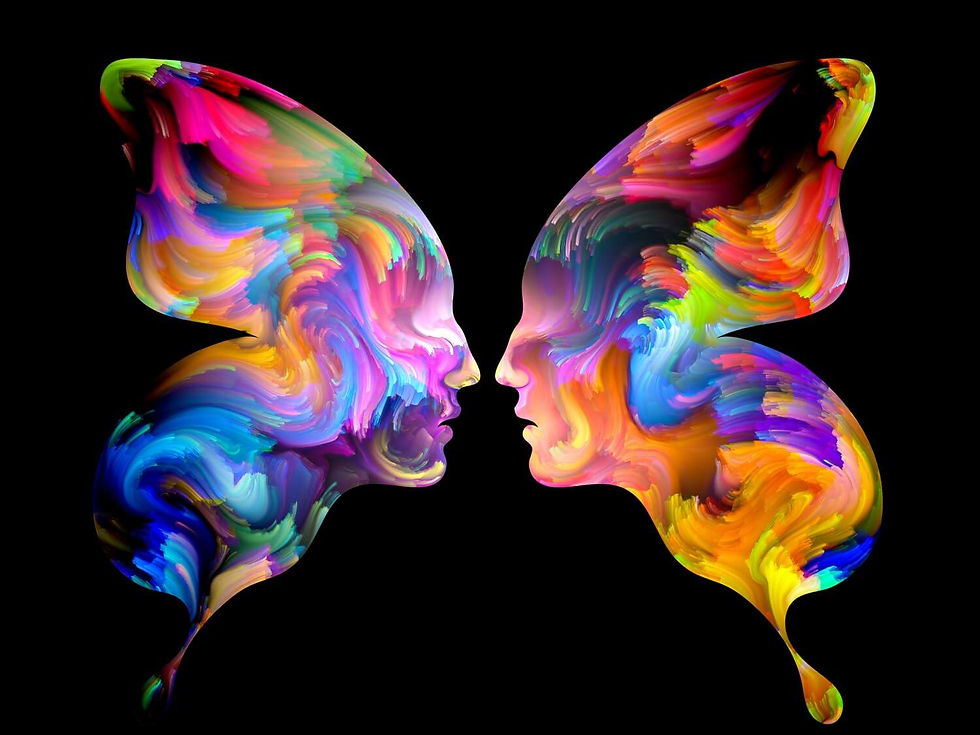
Definitions of Mental or Brain Disorders
The “big four” mental illnesses that most people are aware of include depression, bipolar disorder, schizophrenia, and schizoaffective disorder. Today, a fifth disorder has been added to the list: anxiety.

Depression
Depressive disorder, frequently referred to simply as depression, is more than just feeling sad or going through a rough patch. It’s a serious mental health condition that requires understanding and medical care. Left untreated, depression can be devastating for those who have it and their families. Fortunately, with early detection, diagnosis and a treatment plan consisting of medication, psychotherapy and healthy lifestyle choices, many people can and do get better.
Some will only experience one depressive episode in a lifetime, but for most, depressive disorder recurs. Without treatment, episodes may last a few months to several years. An estimated 16 million American adults—almost 7% of the population—had at least one major depressive episode in the past year.

Bipolar Disorder
Bipolar disorder (formerly known as manic depression) is a mental illness that causes dramatic shifts in a person’s mood, energy and ability to think clearly. People with bipolar experience high and low moods—known as mania and depression—which differ from the typical ups-and-downs most people experience. People diagnosed with bipolar disorder have experienced one or more episodes of mania, when they cannot sleep, are hyperactive, have grandiose ideas, or go on shopping sprees. A period of severe depression may follow when life does not seem worth living. Suicide is a major concern with this diagnosis and may occur during both manic and depressive episodes.
The average age-of-onset is about 25, but it can occur in the teens, or more uncommonly, in childhood. The condition affects men and women equally, with about 2.6% of the U.S. population diagnosed with bipolar disorder and nearly 83% of cases classified as severe. Many famous people – musicians, artists, writers – have bipolar illness, and they can be highly creative when they are in a manic condition.
Types of Bipolar Disorder
Some studies report identification of over 55 "versions" of Bipolar Disorder, but here are the 4 most commonly diagnosed:
Bipolar I Disorder is an illness in which people have experienced one or more episodes of mania. Most people diagnosed with bipolar I will have episodes of both mania and severe depression, though an episode of depression is not necessary for a diagnosis. To be diagnosed with Bipolar I, a person’s manic episodes must last at least seven days or be so severe that hospitalization is required. Children beginning to show signs of bipolar disorder may experience rapid cycling, bouncing between both extreems in short succession.
Bipolar II Disorder is a subset of bipolar disorder in which people experience depressive episodes shifting back and forth with hypomanic episodes, but never a “full” manic episode.
Cyclothymic Disorder or Cyclothymia is a chronically unstable mood state in which people experience hypomania and mild depression for at least two years. People with cyclothymia may have brief periods of normal mood, but these periods last less than eight weeks.
Bipolar Disorder, “other specified” and “unspecified” is when a person does not meet the criteria for bipolar I, II or cyclothymia but has still experienced periods of clinically significant abnormal mood elevation.
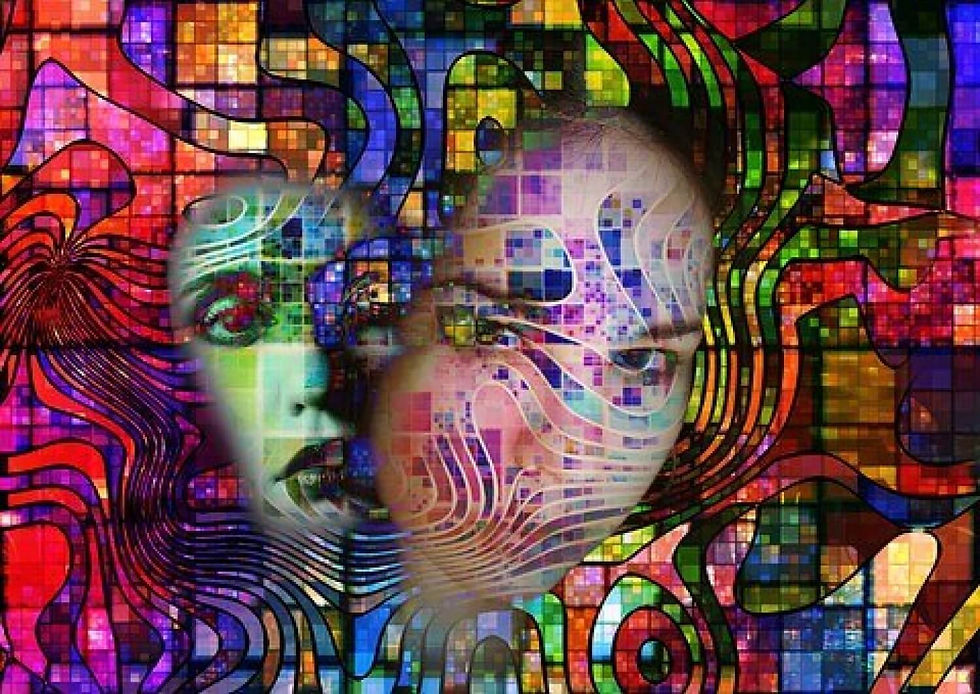
Schizophrenia
Schizophrenia is a serious mental illness that interferes with a person’s ability to think clearly, manage emotions, make decisions and relate to others. It is a complex, long-term medical illness, affecting about 1% of Americans. Although schizophrenia can occur at any age, the average age of onset tends to be in the late teens to the early 20s for men, and the late 20s to early 30s for women. It is uncommon for schizophrenia to be diagnosed in a person younger than 12 or older than 40.
For a diagnosis of schizophrenia, some of the following symptoms are present in the context of reduced functioning for a least 6 months:
Hallucinations. These include a person hearing voices, seeing things, or smelling things others can’t perceive. The hallucination is very real to the person experiencing it, and it may be very confusing for a loved one to witness. The voices in the hallucination can be critical or threatening. Voices may involve people that are known or unknown to the person hearing them.
Delusions. These are false beliefs that don’t change even when the person who holds them is presented with new ideas or facts. People who have delusions often also have problems concentrating, confused thinking, or the sense that their thoughts are blocked.
Negative symptoms are ones that diminish a person’s abilities. Negative symptoms often include being emotionally flat or speaking in a dull, disconnected way. People with the negative symptoms may be unable to start or follow through with activities, show little interest in life, or sustain relationships. Negative symptoms are sometimes confused with clinical depression.
Cognitive issues/disorganized thinking. People with the cognitive symptoms of schizophrenia often struggle to remember things, organize their thoughts or complete tasks. Commonly, people with schizophrenia have anosognosia or “lack of insight.” This means the person is unaware that s/he has the illness, which can make treating or working with him much more challenging.
Schizoaffective Disorder
Schizoaffective disorder is a chronic mental health condition characterized primarily by symptoms of schizophrenia, such as hallucinations or delusions, and symptoms of a mood disorder, such as mania and depression. Many people with schizoaffective disorder are often incorrectly diagnosed at first with bipolar disorder or schizophrenia because it shares symptoms of multiple mental health conditions. Schizoaffective disorder is seen in about 0.3% of the population.
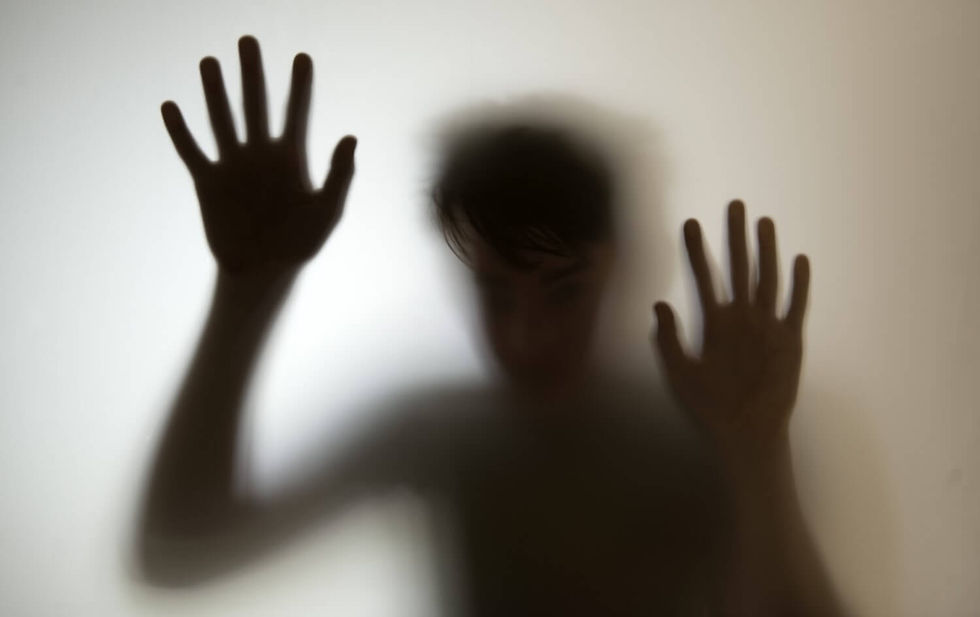
Anxiety Disorders
We all experience anxiety. However, when feelings of intense fear and distress become overwhelming and prevent us from doing everyday activities, an anxiety disorder may be the cause. In recent years, anxiety has become a major diagnosis in youth and young adults.
Anxiety disorders are a group of related conditions, each having unique symptoms. However, all anxiety disorders have one thing in common: persistent, excessive fear or worry in situations that are not threatening. Anxiety disorders are the most common mental health concern in the United States. An estimated 40 million adults in (18%) and an estimated 15-20% of youth have an anxiety disorder. There are many types of anxiety disorders, each with different symptoms.
The most common types of anxiety disorders include:
Generalized Anxiety Disorder (GAD). GAD produces chronic, exaggerated worrying about everyday life. This worrying can consume hours each day, making it hard to concentrate or finish daily tasks. A person with GAD may become exhausted by worry and experience headaches, tension or nausea.
Social Anxiety Disorder. More than shyness, this disorder causes intense fear about social interaction, often driven by irrational worries about humiliation (e.g. saying something stupid or not knowing what to say). Someone with social anxiety disorder may not take part in conversations, contribute to class discussions or offer their ideas, and may become isolated. Panic attacks are a common reaction to anticipated or forced social interaction.
Panic Disorder. This disorder is characterized by panic attacks and sudden feelings of terror sometimes striking repeatedly and without warning. Often mistaken for a heart attack, a panic attack causes powerful physical symptoms including chest pain, heart palpitations, dizziness, shortness of breath and stomach upset. Many people will go to desperate measures to avoid an attack, including social isolation.
Phobias. We all tend to avoid certain things or situations that make us uncomfortable or even fearful. But for someone with a phobia, certain places, events or objects create powerful reactions of strong, irrational fear. Most people with specific phobias have several things that can trigger those reactions; to avoid panic, they will work hard to avoid their triggers. Depending on the type and number of triggers, attempts to control fear can take over a person’s life.
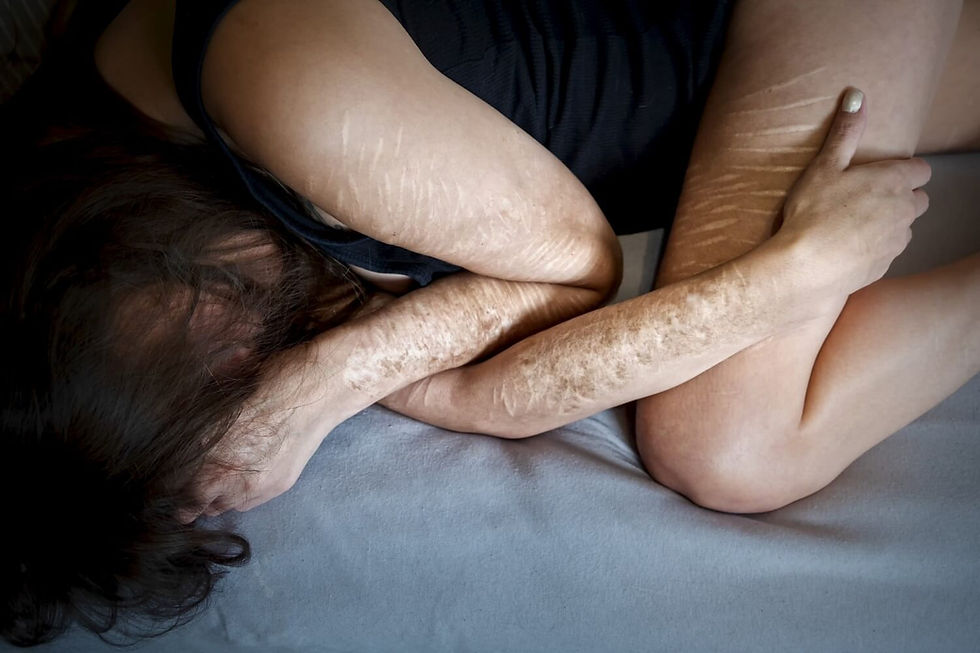
Borderline Personality Disorder (BPD)
Borderline Personality Disorder (BPD) is characterized by difficulties regulating emotion. This means that people who experience BPD feel emotions intensely and for extended periods of time, and it is harder for them to return to a stable baseline after an emotionally triggering event. BPD can lead to impulsivity, poor self-image, stormy relationships and intense emotional responses to stressors. Struggling with self-regulation can also result in dangerous behaviors such as self-harm (e.g. cutting).
An estimated 1.6% of the adult U.S. population has BPD, but that number may be as high as 5.9%. Nearly 75% of people diagnosed with BPD are women. Recent research suggests that men may be equally affected by BPD but are commonly misdiagnosed with PTSD or depression.
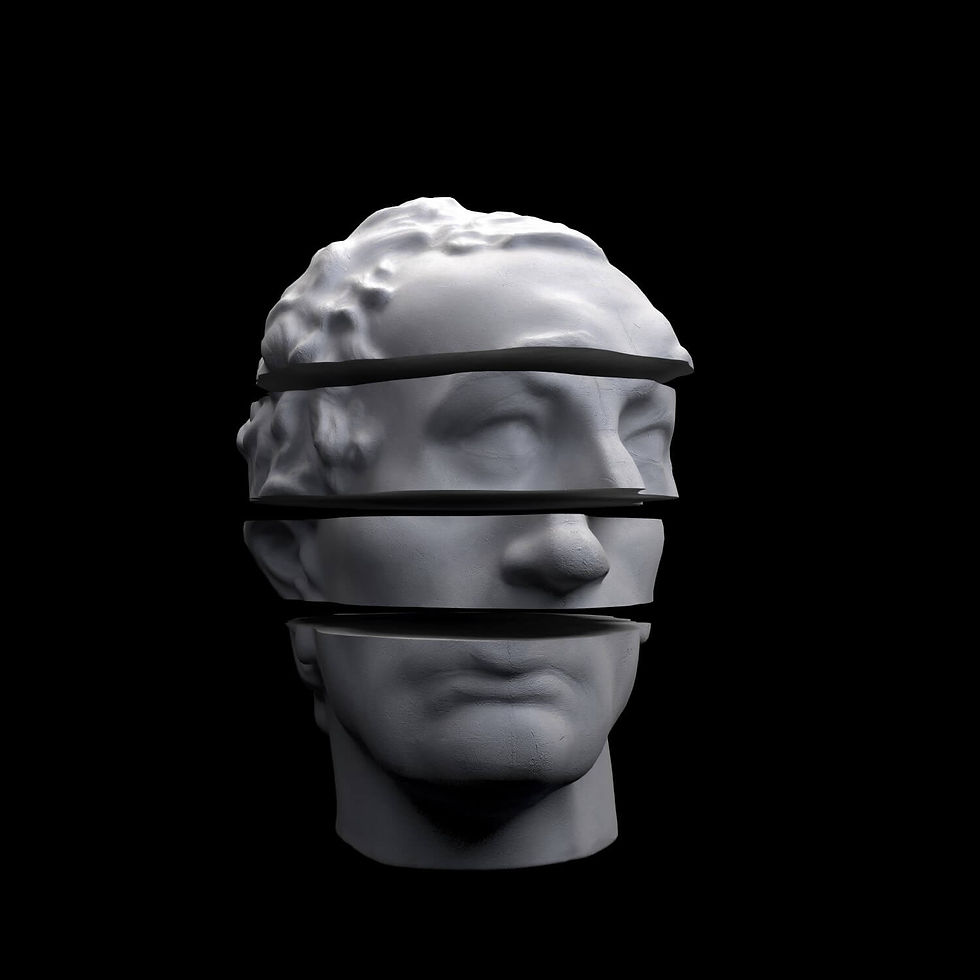
Dissociative Disorders
Dissociative disorders, formerly known as "split personality" disorder, are characterized by an involuntary escape from reality characterized by a disconnection between thoughts, identity, consciousness and memory. People from all age groups and racial, ethnic and socioeconomic backgrounds can experience a dissociative disorder. It occurs when the psyche splits from reality to protect the core personality of a traumatized victim. This disorder typically starts early in life in response to severe and repeated abuse and trauma.
It is estimated that 2% of people experience dissociative disorders, with women being more likely than men to be diagnosed. Almost half of adults in the United States experience at least one depersonalization/derealization episode in their lifetime.
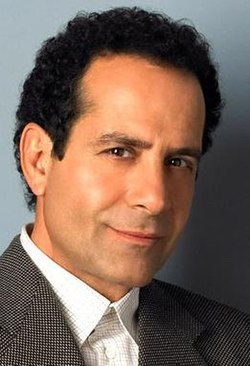
Obsessive-Compulsive Disorder (OCD)
Obsessive-compulsive disorder (OCD) is characterized by repetitive, unwanted, intrusive thoughts (obsessions) and irrational, excessive urges to do certain actions (compulsions). Although people with OCD may know that their thoughts and behavior don't make sense, they are often unable to stop them. Actor Tony Shaloub portrayed the title character in Monk, in a popular television series about a detective who suffered from OCD.
Symptoms typically begin during childhood, the teenage years or young adulthood, although males often develop them at a younger age than females. More than 2% of the U.S. population (nearly 1 out of 40 people) will be diagnosed with OCD during their lifetime.
Posttraumatic Stress Disorder (PTSD)
Traumatic events—such as an accident, assault, military combat or natural disaster—can have lasting effects on a person’s mental health. While many people will have short term responses to life-threatening events, some will develop longer term symptoms that can lead to a diagnosis of Posttraumatic Stress Disorder (PTSD). PTSD symptoms often co-exist with other conditions such as substance use disorders, depression and anxiety.

PTSD affects 3.5% of the U.S. adult population—about 8 million Americans. About 37% of those diagnosed with PTSD are classified as having severe symptoms, with women having higher rates than men. PTSD can occur at any age and is directly associated with exposure to trauma; however, it is important to note that people who have PTSD represent a relatively small portion of those who have been exposed to trauma.
Autism
Autism spectrum disorder (ASD) is a developmental disorder that affects a person’s ability to socialize and communicate with others. ASD can also result in restricted, repetitive patterns of behavior, interests or activities. The term “spectrum” refers to the wide range of symptoms, skills and levels of impairment or disability that people with ASD can display. Some people are mildly impaired by their symptoms, while others are severely disabled.
The prevalence rate for ASD is 1 in 68 children and rising. Boys are 4 times more likely than girls to develop autism. ASD crosses racial, ethnic and social backgrounds equally. Awareness of this disorder and improved screening methods have contributed to the increase in diagnoses in recent years.

Attention Deficit Hyperactivity Disorder (ADHD)
Attention deficit hyperactivity disorder (ADHD) is a condition in which characterized by inattention, hyperactivity and impulsivity. ADHD is most commonly diagnosed in young people, according to the Center for Disease Control and Prevention (CDC). An estimated 9% of children between ages 3–17 have ADHD. While ADHD is usually diagnosed in childhood, it does not only affect children. An estimated 4% of adults have ADHD.
Other Disorders
Additional disorders include eating disorders, early psychosis and psychosis.
Sometimes in addition to the individual disorders listed above, people have related disorders or more than one diagnosis that can exacerbate or negatively impact the central diagnosis. For instance, people with bipolar disorder may also experience General Anxiety Disorder, an eating disorder, or OCD. In addition, dual diagnosis is a term used to describe a person with BOTH a mental illness AND an addiction to drugs or alcohol.

Dual Diagnosis
Dual diagnosis (also referred to as co-occurring disorders) is a term for when someone experiences a mental illness and a substance use disorder simultaneously. Either disorder—substance use or mental illness—can develop first. People experiencing a mental health condition may turn to alcohol or other drugs as a form of self-medication to improve the mental health symptoms they experience. However, research shows that alcohol and other drugs worsen the symptoms of mental illnesses.
How often do people with severe mental illness experience a co-occurring substance abuse problem?
According to a 2014 National Survey on Drug Use and Health, 7.9 million people in the U.S. experience both a mental disorder and substance abuse disorder simultaneously. More than half of those people—4.1 million to be exact—are men. The professional fields of mental health and substance use recovery have different cultures, so finding integrated care can be challenging.
The best treatment for dual diagnosis is integrated intervention, when a person receives care for both their diagnosed mental illness and substance abuse. Providing appropriate, integrated services for these individuals will not only allow for their recovery and improved overall health, but can decrease the effects their disorders have on their family, friends, and society at large. By helping these individuals stay in treatment, find housing and jobs, and develop better social skills and judgment, we can potentially begin to diminish some of the most sinister and costly societal problems: crime, HIV/AIDS, domestic violence and more.


Comments